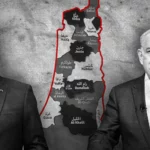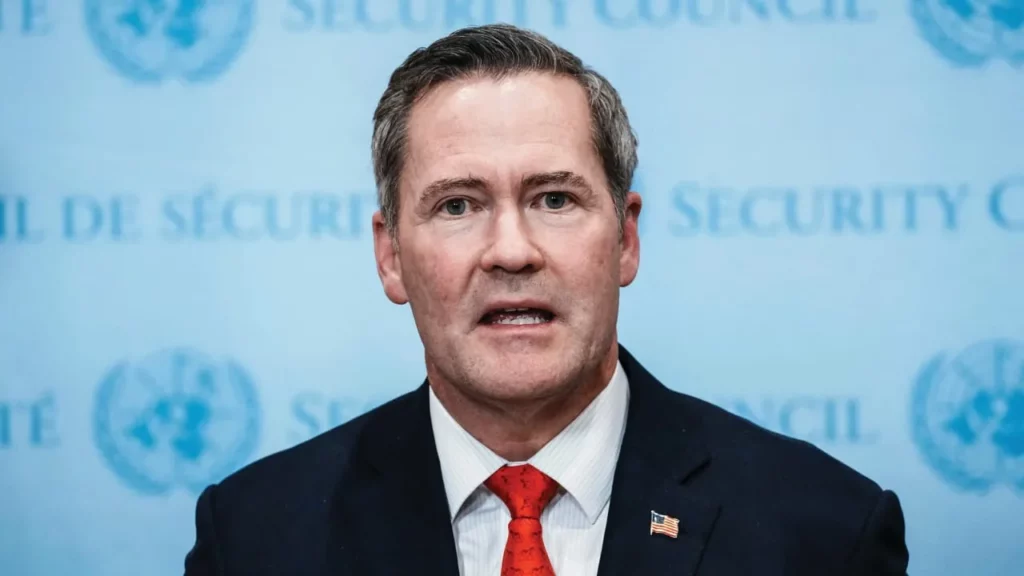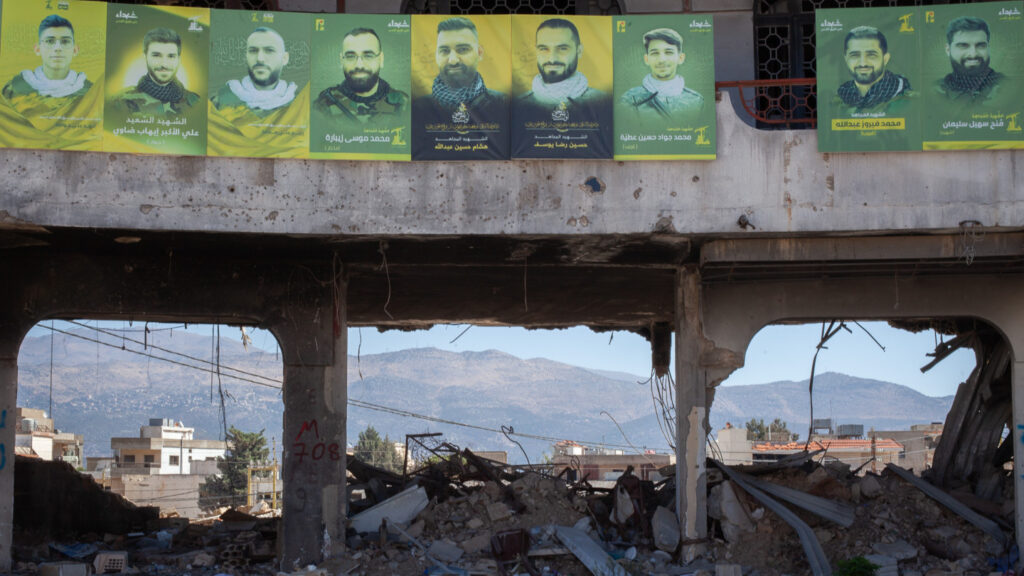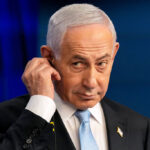Israel’s security cabinet approves 19 new settlements in West Bank
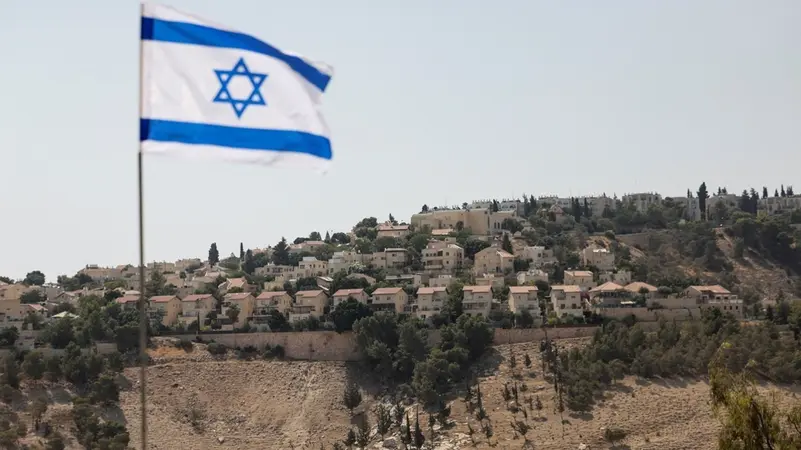
Israel’s security cabinet approved the establishment of 19 new settlements in the occupied West Bank, a move the country’s far-right finance minister said on Sunday was aimed at preventing the establishment of a Palestinian state.
The decision brings the total number of settlements approved over the past three years to 69, according to a statement from the office of Finance Minister Bezalel Smotrich.


